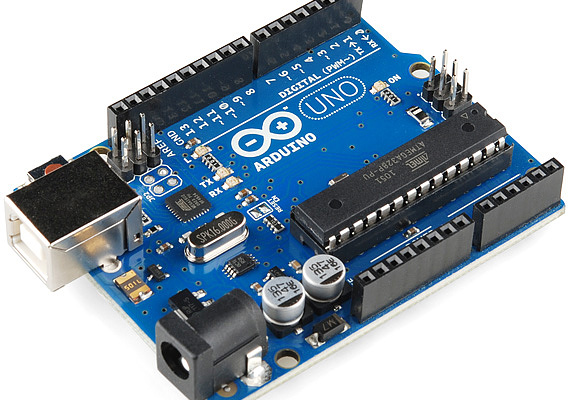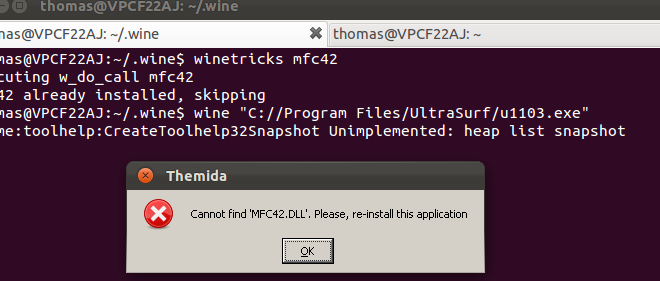What You Need to Know About the ATmega328P Before You Use an Arduino

The ATmega328P is a microcontroller chip that is at the heart of the popular Arduino Uno board. This chip is responsible for controlling the input and output functions of the board, which makes it an essential component for creating any type of project using an Arduino.
If you’re new to the world of Arduino, here’s what you need to know about the ATmega328P before using the board:
1. The ATmega328P is a powerful chip
The ATmega328P is based on the AVR architecture, which is known for its low power consumption, high performance, and low cost. This chip has 32KB of flash memory, 2KB of SRAM, and 1KB of EEPROM.
The chip also has 23 programmable input/output (I/O) pins, which can be used for a wide range of applications such as controlling motors, reading sensors, and communicating with other devices.
2. The chip requires programming
The ATmega328P is a blank slate when it comes to functionality. To use the chip, you need to write code that tells it what to do. This code is written in the Arduino programming language and uploaded to the board using the Arduino IDE.
3. The chip can be used on its own
While the ATmega328P is most commonly used on an Arduino board, it can also be used as a standalone microcontroller chip. This means that you can design your own circuit board and program the chip to perform specific tasks.
4. The chip is compatible with other Arduino boards
Since the ATmega328P is used in many other boards within the Arduino ecosystem, such as the Arduino Nano and the Arduino Pro Mini, it’s possible to swap out the chip and use it in other projects. This allows you to create custom boards that are tailored to your specific needs.
5. The chip is open source
The ATmega328P chip is released under the GNU General Public License, which means that anyone can use, modify, and distribute it for any purpose. This makes it a popular choice for DIY projects, as it allows users to tinker with the chip and create custom solutions for their specific needs.






